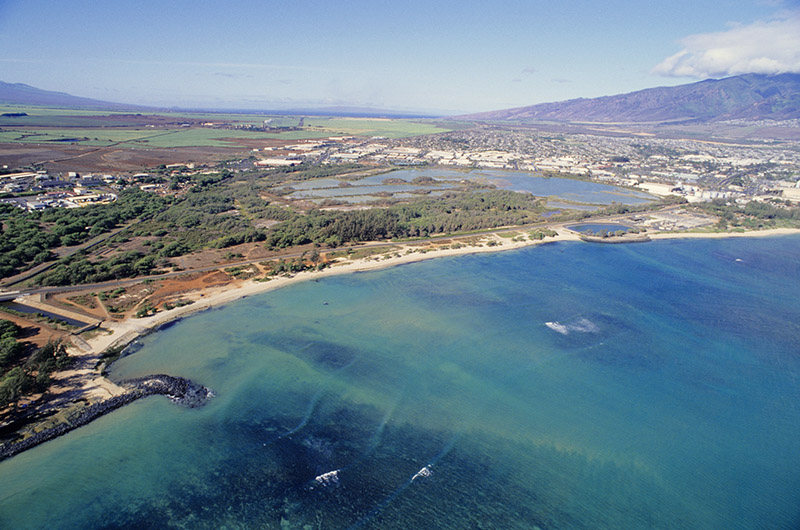
Landscapes are all around us. For years researchers have studied the way they develop and maintain themselves, but Dr. Ignacio Rodriguez-Iturbe wants to know how they interact with nature, specifically coastal ecosystems.
 “These questions are extremely important because coastal ecosystems are first a deposit of [a] large biodiversity,” said Rodriguez-Iturbe, Distinguished University Professor and Texas A&M Engineering Experiment Station Distinguished Research Professor in the Department of Ocean Engineering at Texas A&M University. “Second, they contribute to the stability of the shorelines and the areas around the shorelines. Third, they are our defense of the coastal regions against hurricanes and larger storms.”
“These questions are extremely important because coastal ecosystems are first a deposit of [a] large biodiversity,” said Rodriguez-Iturbe, Distinguished University Professor and Texas A&M Engineering Experiment Station Distinguished Research Professor in the Department of Ocean Engineering at Texas A&M University. “Second, they contribute to the stability of the shorelines and the areas around the shorelines. Third, they are our defense of the coastal regions against hurricanes and larger storms.”
When observing the landscape of a coastal ecosystem, one often finds many varieties of vegetation, sand dunes and features of different kinds. The ecosystem responds in a complex manner to geomorphologic drivers, eolian forces, wave dynamics and hydrologic variables changing much faster than others like the flat savannas found in the Brazos Valley.
The landscape is made up by dunes, coastal forms, vegetation and bodies of water, evolving in ways still to be quantitatively described.
“For example, if you go to a beach you may see dunes,” Rodriguez-Iturbe said. “Those dunes have evolved with time and changed positions.
“When we look out our window in Bryan/College Station you see a relatively flat landscape. The second thing we notice is that the foliage is not changing as fast as it does in a coastal ecosystem.”
When comparing a coastal ecosystem to a savanna, one will see the savanna is far less complicated because the general foliage is competing for water with very little impact from geomorphology, and wind and waves play no role. Forest ecosystems are generally less complicated because the main competition is for light. In a coastal ecosystem, competition is more complex.
“All the factors that we have mentioned interact with each other,” Rodriguez-Iturbe said. “For example, winds interact with vegetation because the wind blows and it deposits sand in the vegetation of the ecosystem. There is also a linkage between vegetation and physical variables like waves, wind and rain. The plants are both a consequence and a cause of the shape of the coastline and on the survival of the coastal ecosystem.”
Rodriguez-Iturbe enjoys studying coastal ecosystems in particular, because they pose many challenges as a very complex ecosystem.

For instance, nature impacts every ecosystem in the world, but in coastal ecosystems the forces of nature impacting them are a bit different and more invasive than in other ecosystems. Additionally, most coastal regions in the U.S. are heavily populated, thus the most densely populated cities in the country are located on the east and west coasts.
“Take the instance of Hurricane Sandy hitting the east coast a few years ago,” Rodriguez-Iturbe said. “On top of the direct impact of the storm itself and the amount of rain and strong winds it brought to the area, it also caused a lot of erosion. This not only resulted in the visible impact of buildings and roadways disappearing, but also disrupting the coastal ecosystem of plants and biodiversity thriving in these areas.”
Unfortunately, instances such as Hurricane Sandy occur on an annual basis, constantly slamming coastlines. So how can coastlines be better protected? Rodriguez-Iturbe is searching for this answer.
“A lot has been done in coastal ecosystems, but it has been mostly studied qualitatively,” Rodriguez-Iturbe said. “I am very interested in the interaction between vegetation and the physical variables, like waves, wind, rain and salinity.”